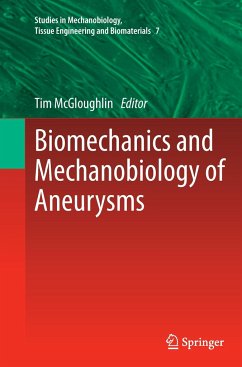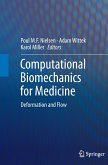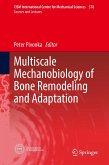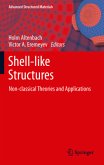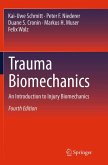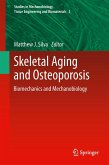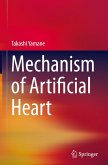Cardiovascular disease is the leading cause of morbidity and premature death of modern era medicine. It is estimated that approximately 81 million people in the United States (US) currently have one or more of the many forms of cardiovascular disease, resulting in 1 in every 2.8 deaths, or 900,000 deaths per year. 40% of all deaths in Europe are a result of cardiovascular disease in people under the age of 75. Aneurysms form a significant portion of these cardiovascular related deaths and are defined as a permanent and irreversible localised dilation of a blood vessel greater than 50% of its normal diameter. Although aneurysms can form in any blood vessel, the more lethal aneurysms develop in the cranial arteries, and in the thoracic aorta and abdominal aorta. Frequently aneurysms are undetected and if left untreated may eventually expand until rupture with very high levels of morbidity and mortality. The biomechanics and mechanobiology of aneursymal diseases are not fully understood and this monograph aims to provide new insights into aneurysm aetiology and behavior based on the most recent biomechanics research related to this important topic. The contributors to this volume bring together a unique blend of expertise in experimental, computational and tissue biomechanics relating to aneurysm behavior and enable the reader to gain a fresh understanding of key factors influencing aneurysm behavior and treatment. Biological risk factors such as tobacco smoking, sex, age, hypertension, family history and mechanobiological risk factors such as aneurysm geometry and shape as well as mechanical properties of the diseased tissues are considered in detail as are many of the diagnostic and treatment options.
Bitte wählen Sie Ihr Anliegen aus.
Rechnungen
Retourenschein anfordern
Bestellstatus
Storno

